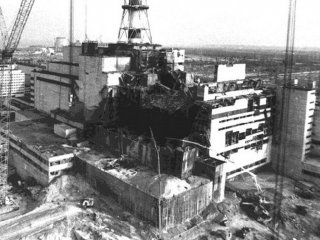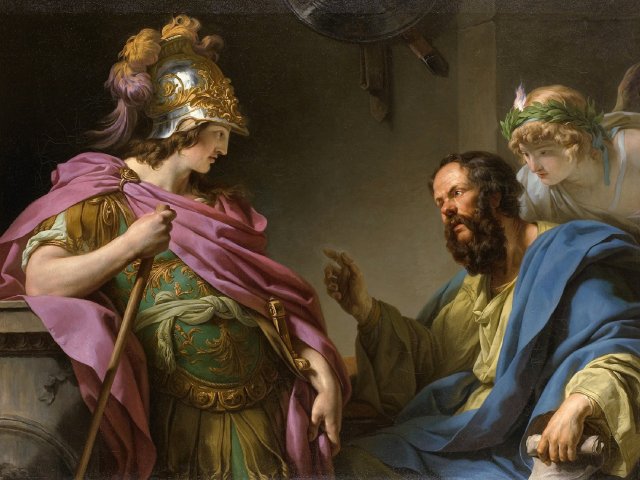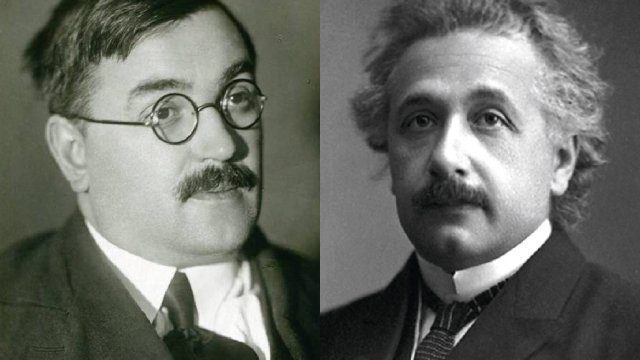
No doubt: from all of the inhabitants of our vast Motherland, southeastern regions are best familiar with the works of the architect Shchusev. Not everyone, however, but only those who often arrive to the capital by rail in line of duty or for whatever another needs. One cannot simply bypass the creations of Alexei Viktorovich – the Kazansky railway station is among them. Sure, it’s hard to admire architecture while carrying heavy suitcases – it's frustrating because there is quite a lot to look at. But it doesn't matter: if a business traveler decides to go down to the Komsomolskaya-Koltsevaya metro station, they will again stumble upon the creation of Shchusev's mind and talent. If our traveler reaches the station “Okhotny Ryad” and walks to Red Square, they will yet again be unable to escape the result of Shchusev's inspiration called the Mausoleum.
The books about Shchusev, published in Soviet times, are more focused on his creations after 1917, and carefully bypass the fact that, in his own words, if not for the revolution, Shchusev could be canonized – so many church buildings were built by his own hand. The church and the cathedral in Martha and Mary Convent of Mercy on Ordynka are probably the most famous ones.
We cannot list all Shchusev's works, yet can’t keep silent about one more impossible thing either. In fact, it is also a temple, but built for atheists, and it is called – the Mausoleum. Nowadays they write that the author of the mausoleum was not Shchusev himself, but his subordinate, a Polish architect who was then rotted away in Solovki. Who knows: Shchusev indeed did not work alone, but with a group of comrades, and the problem of co-authorship in any work is acute and often insoluble. But even if we take the Mausoleum out of the brackets, academician Shchusev’s contribution to the architecture comes out quite weighty. No wonder the Museum of Architecture his name bears – that one, however, was also created by him.
























